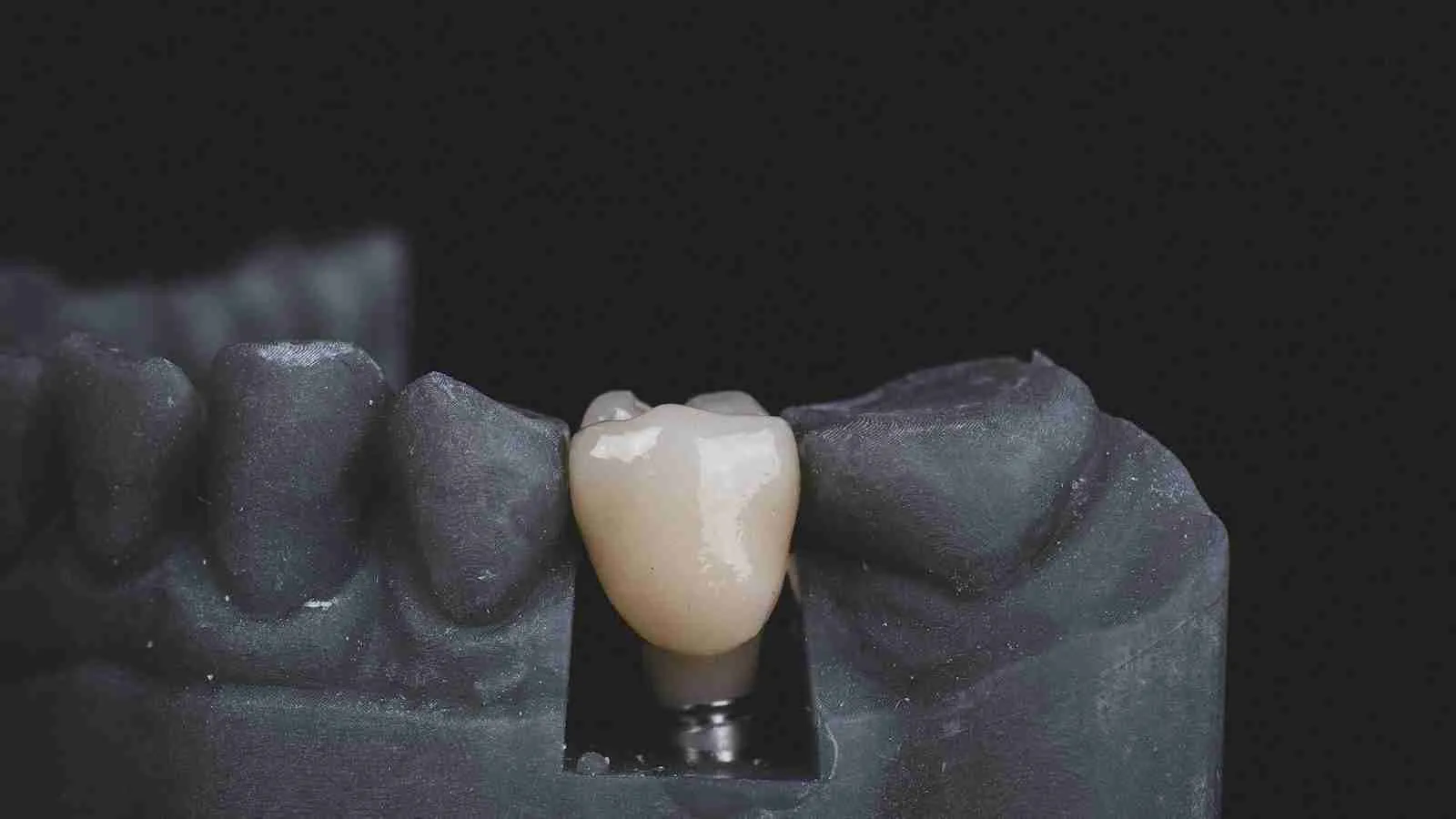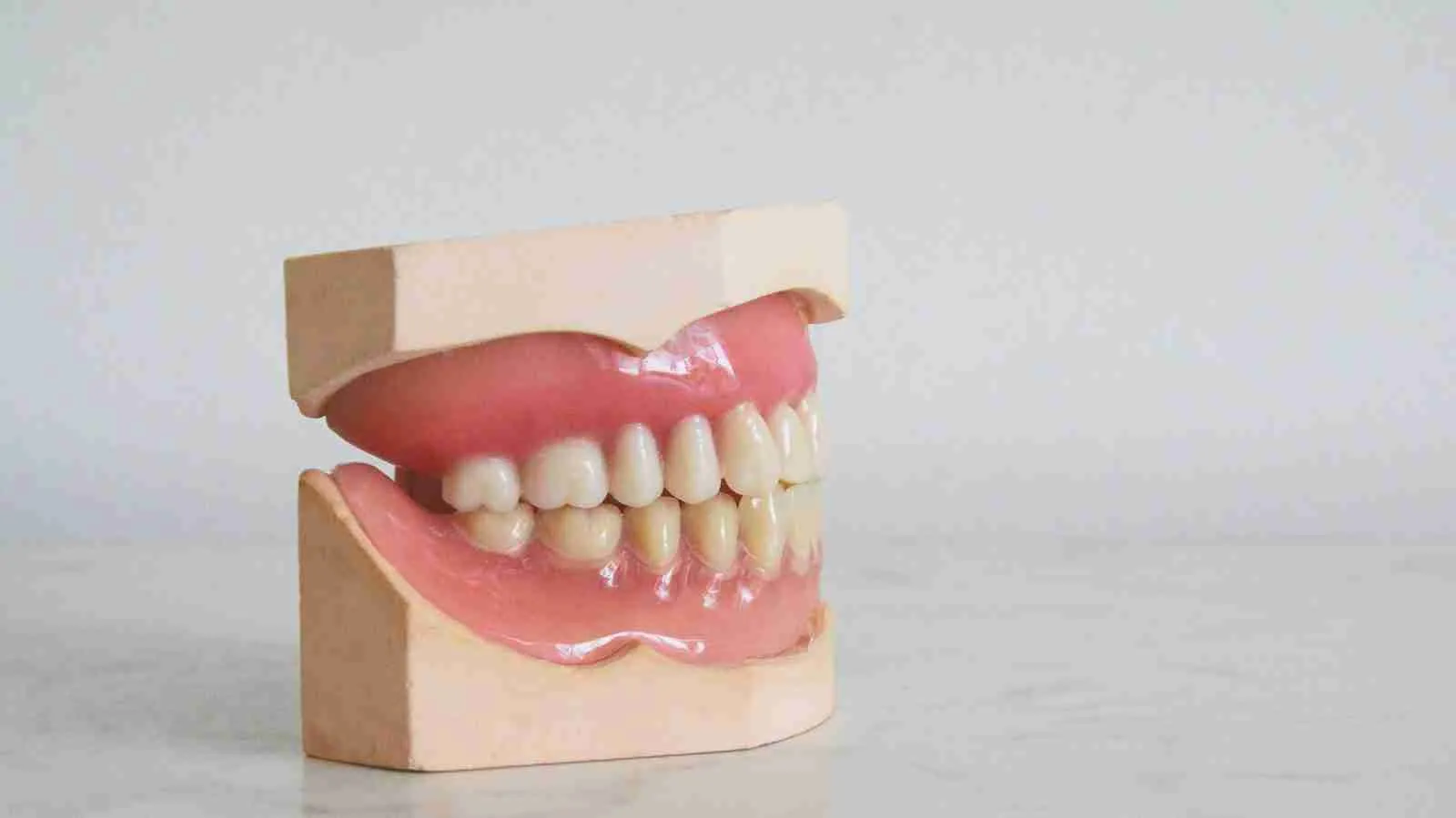25 Amazing Facts About Teeth You Probably Didn’t Know
-
Teeth are essential for chewing and digesting food.
-
Teeth play a key role in speaking.
-
Teeth help us break down food and extract nutrients.
-
Teeth are necessary for maintaining overall health.
-
From Decay to Loss: Uncovering Amazing Facts About Teeth and Oral Health.
-
Children should start seeing a dentist by age one.
-
Brushing teeth twice a day is essential for oral health.
-
Flossing daily is also important for keeping teeth healthy.
-
Pregnant women should take extra care of their oral health.
-
People who smoke are at higher risk for tooth decay and gum disease.
-
Teeth are not made of bone but rather a hard material called dentin.
-
Exploring the Intriguing World of Teeth: Amazing Facts About Enamel, the Hardest Substance in the Human Body.
-
Teeth can be damaged by excessive sugar intake, acidic foods and drinks and grinding teeth.
-
Tooth decay is one of the most common infectious diseases worldwide.
-
There are four types of teeth: incisors, canines, premolars and molars.
Table of Contents
1. Teeth are unique, just like fingerprints.
Every individual has a unique set of teeth, including the number, shape, and position of each tooth. This makes teeth just as identifiable as fingerprints.
Even identical twins have different teeth, which further proves how teeth can serve as a personal identifier.
2. The enamel on your teeth is the hardest substance in your body.
Teeth are coated with enamel, which is the hardest material in the human body. This protective layer is crucial in preventing tooth decay.
Enamel is even stronger than bone and helps shield your teeth from physical damage and acids from food and beverages.
3. Sharks’ teeth never stop growing.
Sharks can grow and shed over 30,000 teeth throughout their lifetime. Their teeth are continuously replaced, ensuring they always have a fresh set.
This constant tooth regeneration allows sharks to stay at the top of the food chain, as they rely on their teeth to catch prey.
4. Four Different Tissues that Form the Foundation of Your Pearly Whites.

READ ALSO: 33 Fun Facts About Stomach | Digestive Powerhouse
Teeth are composed of four distinct tissues. The hardest tissue is enamel, which covers the tooth and aids in biting and chewing. Dentin, the next hardest tissue, makes up most of the tooth and is responsible for its color.
The pulp is the innermost layer and houses the blood vessels and nerves. The cementum covers the root of the tooth and secures it in place.
5. Humans grow two sets of teeth in their lifetime.
Humans first grow 20 primary teeth, also known as baby teeth. These are eventually replaced by 32 permanent teeth as they grow older.
However, some individuals may have fewer than 32 teeth, depending on factors like wisdom tooth extraction or congenital conditions.
6. Your teeth can reveal your age.
The condition of your teeth, such as wear patterns and decay, can be used to estimate your age. Forensic scientists use this method for identification purposes.
The wear and tear on your teeth accumulate over time, offering clues about a person’s age and even their lifestyle.
7. The first toothbrushes were made from animal hair.
The earliest known toothbrushes date back to around 3000 BC, and they were made with twigs and bristles from animal hairs.
By the 15th century, people began to use these bristles, which were typically sourced from hogs, to create more effective cleaning tools.
8. Teeth are the only part of the human body that can’t repair themselves.

READ ALSO: 21 Facts About Yawning You Didn’t Know
Teeth are the only part of the human body that can’t repair themselves. However, teeth can be kept healthy with regular brushing and flossing. Although they can’t repair themselves, teeth are still an important part of the human body.
9. The average person spends 38.5 days of their life brushing their teeth.
On average, a person spends around two minutes brushing their teeth twice a day. Over a lifetime, this adds up to over 38 days of brushing.
This fact emphasizes the importance of proper oral hygiene, as consistent brushing helps maintain healthy teeth and gums.
10. Tooth decay is the most common health problem in the world.
Dental cavities affect a large portion of the global population, regardless of age, income, or geographic location.
It remains a major health issue, as poor dental hygiene and diet can lead to long-term oral problems if left untreated.
11. Saliva plays a crucial role in oral health.
Saliva isn’t just for digestion; it also helps protect your teeth by washing away food particles and neutralizing acids.
It plays a key role in preventing cavities and tooth decay by maintaining a healthy balance in the mouth’s environment.
12. The first dental fillings were made of gold.
The earliest dental fillings, discovered in ancient Egypt, were crafted from gold, a durable and long-lasting material.
These early fillings were designed to preserve teeth, as dental care was just as important to ancient cultures as it is today.
13. Your teeth are always growing.
Teeth continue to grow throughout a person’s life, albeit at a very slow pace. This growth is most noticeable in childhood when permanent teeth start replacing baby teeth.
Though the process slows, teeth are constantly undergoing changes, with the enamel constantly being worn down and replaced over time.
14. The average human mouth has 20 million bacteria.
Your mouth is home to an astonishing number of bacteria—about 20 million of them. While some are beneficial, others can contribute to tooth decay.
Maintaining good oral hygiene is essential to controlling these bacteria and preventing infections and other oral health issues.
15. Brushing your teeth too hard can damage them.
Brushing your teeth aggressively can lead to gum recession and enamel erosion. This can cause increased tooth sensitivity and long-term damage.
Using a soft-bristled toothbrush and gentle brushing motions can help protect both your gums and tooth enamel from wear.
16. Tooth decay is the most common chronic disease in children.
READ ALSO: 33 Fun Facts About Mental Health You Should Know
Although tooth decay is the most common chronic disease in children, it’s not just children who suffer from froitem. Adults can get tooth decay, too. In fact, it’s a problem that affects people of all ages.
17. Tooth sensitivity can be caused by worn-out enamel.
Enamel acts as a shield for your teeth, but over time it can wear down due to poor brushing habits, diet, or aging.
When enamel is lost, it exposes the dentin layer beneath, which can result in sensitivity to hot or cold temperatures.
18. Teeth have been used as currency in history.
In ancient times, particularly in cultures like the Egyptians and Vikings, teeth were sometimes used as a form of barter or currency.
These societies valued teeth for their durability and the belief that they had magical or healing properties.
19. Eating too much sugar can harm your teeth.
Sugar is a major contributor to tooth decay because it feeds harmful bacteria that produce acids, eroding tooth enamel.
Reducing sugar intake and brushing regularly can help protect your teeth from cavities and other dental issues.
20. Why Teeth Not Actually Pure White.

READ ALSO: 33 Fun Facts About The Immune System/ How It Works
They’re actually a slightly yellow color. The enamel that protects your teeth is translucent, so the color of the dentin, or inner tooth structure, shows through.
Teeth are important for more than just chewing food. They also help us speak clearly and make facial expressions.
21. Your teeth can affect your heart health.
Poor oral health, especially gum disease, has been linked to heart disease. The bacteria from your gums can enter the bloodstream, affecting heart function.
Maintaining healthy teeth and gums reduces the risk of heart problems, emphasizing the importance of dental care in overall health.
22. Gingivitis is reversible, but it can lead to more serious issues if left untreated.
Gingivitis, the early stage of gum disease, can be reversed with good oral hygiene, but it can progress to periodontitis if ignored.
Periodontitis can cause tooth loss and other serious health issues, so it’s vital to address gingivitis early on.
23. Your teeth grow with your face.
As you age, your teeth naturally grow and shift in alignment with your jaw structure. This results in changes to your smile and bite.
This growth is most noticeable in childhood but continues to occur, especially as wisdom teeth emerge in adulthood.
24. There is such a thing as “tooth jewelry.”
Tooth jewelry, which includes small diamonds or gold pieces affixed to your teeth, has become a popular cosmetic trend.
These adornments are usually temporary and can be removed or replaced, offering a fun way to enhance one’s smile.
25. Teeth have five surfaces.
Each tooth has five distinct surfaces: the top (occlusal), the front (facial), the back (lingual), and both sides. These surfaces are essential for chewing, speaking, and smiling.
Proper brushing and flossing techniques focus on cleaning each surface to maintain optimal oral health.
FAQS
Humans have four types of teeth: incisors, canines, premolars, and molars. Incisors cut food, canines tear it, premolars grind it, and molars crush it. Each type plays a unique role in chewing and breaking down food. Together, they help in proper digestion.
Teeth are super strong and can last a lifetime with good care! Baby teeth start falling out around age 6, and new, permanent teeth grow in. It’s important to brush your teeth twice a day to keep them clean and healthy. Did you know your teeth can sparkle like stars?
There are a number of ways to whiten your teeth, including professional teeth whitening treatments and at-home teeth whitening kits. You should talk to your dentist to see which option is best for you.
If you think you have a cavity, you should see your dentist as soon as possible. Cavities can be treated with fillings, and it’s important to catch them early before they cause more serious damage to your teeth.
Did you know that teeth are unique, like fingerprints? Sharks lose and grow thousands of teeth during their lifetime! The tooth fairy leaves money for lost teeth, and some people wear tooth jewelry! Teeth are also stronger than bones and help us chew food.
Teeth are not just for chewing—they are incredibly strong, with enamel being the hardest substance in the human body. Teeth also help us speak clearly, shape our faces, and play a role in our overall health. They are essential for digestion and are unique in their ability to regenerate in some animals, though not in humans.
Human teeth are unique because each person’s teeth are one-of-a-kind, just like fingerprints. The shape, size, and alignment of our teeth can vary greatly from person to person. Additionally, the pattern of wear and the presence of wisdom teeth also make our dental profiles distinct.
The process of wisdom tooth extraction involves administering local anesthesia and making an incision in the gum tissue. The dentist or surgeon will then remove the tooth, clean the area, and provide post-operative care instructions. Sedation may also be provided to help the patient relax.
The four types of teeth are incisors, canines, premolars, and molars. Each has a specific function in the mouth, such as cutting, tearing, grinding, and crushing food. Humans have 8 incisors, 4 canines, 8 premolars, and 12 molars. These teeth have unique shapes and sizes to aid in their respective functions.





